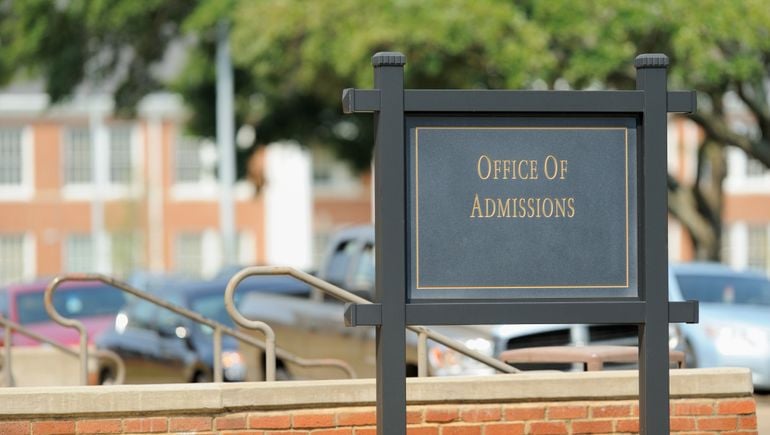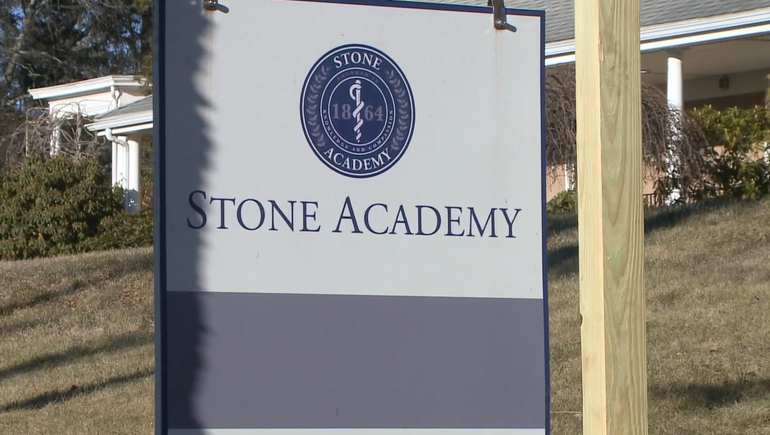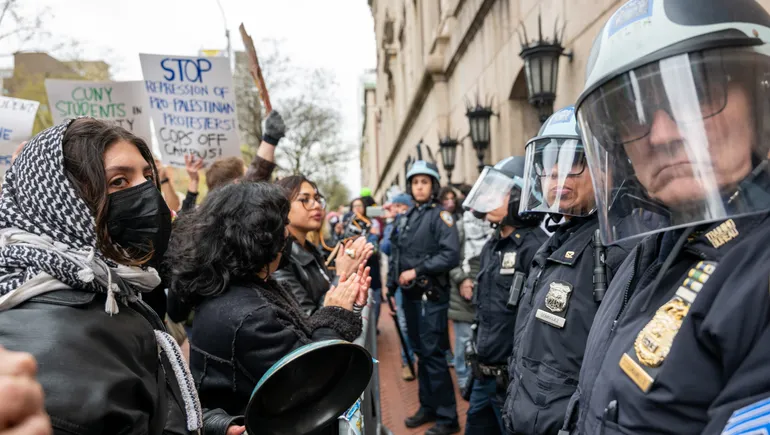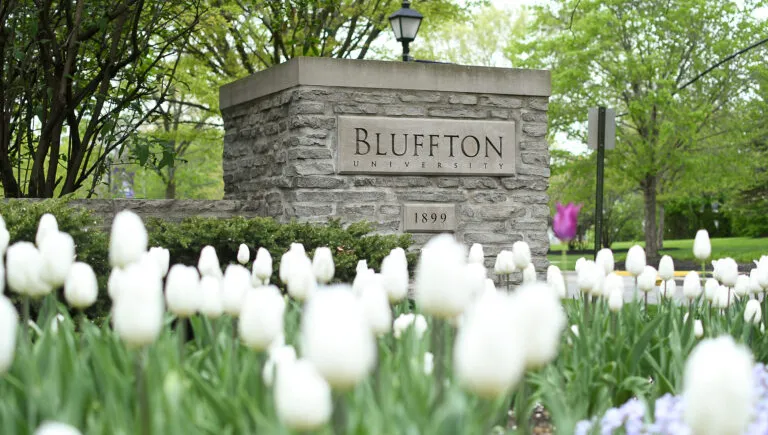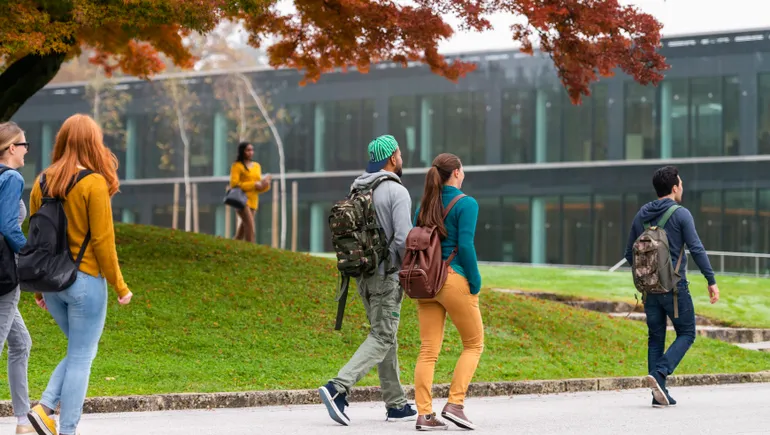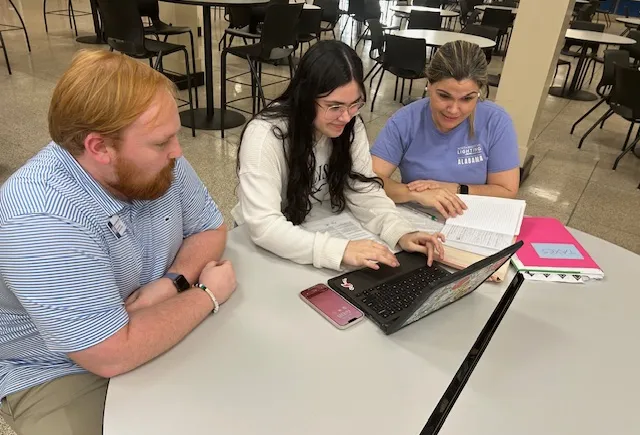[ad_1]
Dive Brief:
- Students were more likely to fill out the Free Application for Federal Student Aid and receive need-based grants when they met with high school counselors about college financial aid, according to a longitudinal study of more than 23,000 students who were 9th graders in 2009, a data point from the National Center for Education Statistics released last month shows.
- For students planning on college, 87% who met with a counselor completed the FAFSA, compared to 59% of those who did not meet with a counselor.
- The report highlighting the role counselors play comes against a backdrop of national school counselor shortages at the same time some states and districts are using emergency pandemic funding to boost counseling programs.
Dive Insight:
For students who met with a counselor and whose parents had a high school diploma or less education, 83% completed the FAFSA, compared to 49% who did not meet with a counselor. For those students whose parents had a bachelor’s or higher degree, 89% who met with a counselor completed the FAFSA, compared to 65% who did not meet with a counselor.
The NCES research found that of the 9th graders who attended college by 2016-17, a higher percentage who met with a high school counselor about financial aid received need-based college grants. Researchers found no measurable difference in merit-based grant awards based on high school counselor meetings about financial aid.
A poll conducted by analytics company Ipsos in April and May 2022 found the percentage of students applying for FAFSA had increased, from 68% in 2020-21 to 70% in 2021-22. Families reported paying an average of $25,313 for college in the 2021-22 academic year, according to the Ipsos survey.
U.S. Education Secretary Miguel Cardona called for better integration of the pre-K-12th grade and college systems during a January speech. “For too many students, the gaps between the systems are too big to cross,” Cardona said.
During the pandemic, counselors noted they spent less time on career advising and more time addressing students’ social-emotional needs and connecting students with social service resources.
Teachers also said they provided fewer students with college and career advice during the pandemic, according to U.S. Department of Education November guidance about using Elementary and Secondary School Emergency Relief money to expand postsecondary college and career pathways.
That guidance describes how local and state school systems can use ESSER funding for developing and expanding opportunities for success after high school, including through career and college advice and academic efforts.
The North Carolina Department of Public Instruction, for instance, used ESSER funds to add more workers to the National College Advising Corps. These advisers are recent college graduates who work full-time in high schools by helping to organize college visits and assist students with filling out the FAFSA.
The state is hoping to increase the number of underrepresented, low-income or first-generation postsecondary degree or certificate students who attend and complete postsecondary education, according to the Education Department guidance.
In New York City, the Board of Education used ESSER funds to expand its Immigrant Ambassador program in which immigrant college students mentor immigrant high school students in college and career planning. The city is also providing after-school college counseling to every junior and senior high school student, the guidance said.
[ad_2]
Source link

